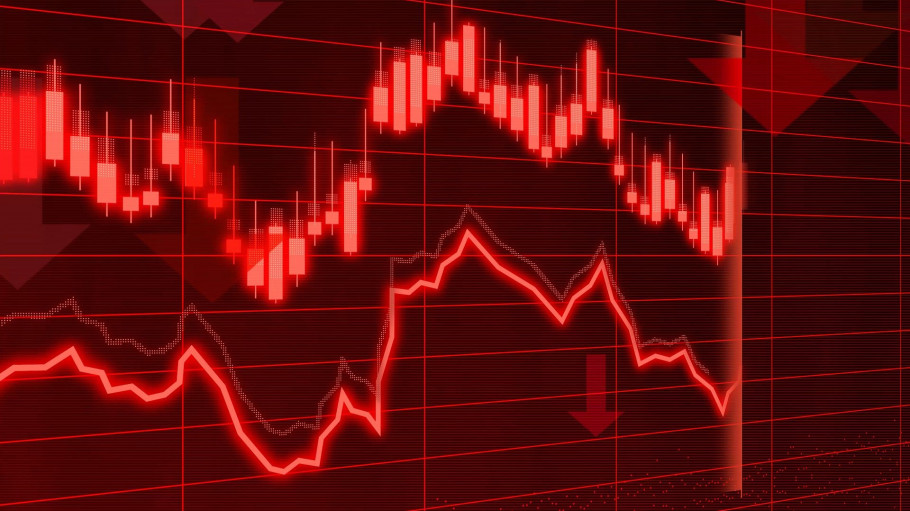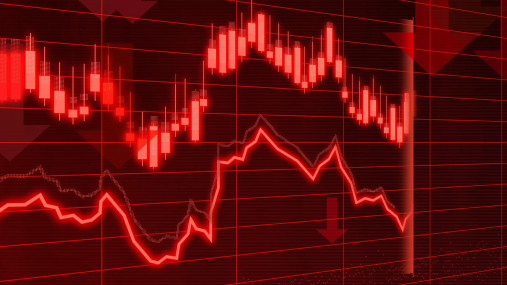
Press releases » Moderate recovery set to continue in 2022, as energy prices and substantial uncertainty put growth at risk
Moderate recovery set to continue in 2022, as energy prices and substantial uncertainty put growth at risk
Downloads and links
Recent updates

Brussels, 04 February 2022 – In the third quarter of 2021 EU apparent steel consumption increased for the fourth consecutive time in a row (+14.3%), albeit easing with 36 million tonnes compared to 40 million tonnes in the second quarter. Recovery is expected to continue but at a moderate rate and subject to considerable uncertainty, including the ongoing energy crisis, until at least mid-2022.
“The positive trend in steel-using industries and in steel demand observed since the end of 2020 continues, but the outlook is becoming gloomier”, said Axel Eggert, Director General of the European Steel Association (EUROFER). “Ongoing supply chain disruptions, skyrocketing energy and carbon prices as well as persisting inflation are putting the recovery of the steel sector at risk. Combined with the current EU climate and energy policies, these are the ingredients of a dangerous cocktail that may drive Europe into a structural crisis and industry out of Europe”, he warned.
Steel consumption, after a rebound (+13.8%) in 2021, is set to grow much more moderately in 2022 and 2023 (+3.2% and +1.7% respectively). Global supply chain issues and soaring energy prices are projected to seriously impact demand from steel-using sectors – automotive in particular - at least until the second quarter of 2022.
In line with steel demand, over the third quarter of 2021, also domestic deliveries in the EU continued their positive trend but at slower pace (+6.6%) than the exceptional growth in volumes recorded in the second quarter (+40%). This follows a two-year decline (-9,6% in 2020 and -4,2% in 2019).
By contrast, EU steel imports continued their dramatic surge, recording +47.7% in the third quarter after +45% in the second. Although reflecting the comparison with the exceptionally low figures (-17,1%) of 2020 due to the pandemic, import penetration proves to be considerably high.
The major pressures on the global supply chain experienced since July 2021, and especially those affecting the automotive sector, have impacted steel-using sectors’ output over the third quarter: growth marked a modest +3.2%. This follows a strong rebound that peaked in the second quarter of 2021 (+29.2%) and that allowed to recover the losses from the pandemic.
The current situation jeopardises the recovery and casts substantial uncertainty on the overall steel-using industries’ outlook, at least until the first half of 2022.
Contact
Lucia Sali, Spokesperson and Head of Communications, +32 2 738 79 35, (l.sali@eurofer.eu)
About the European Steel Association (EUROFER)
EUROFER AISBL is located in Brussels and was founded in 1976. It represents the entirety of steel production in the European Union. EUROFER members are steel companies and national steel federations throughout the EU. The major steel companies and national steel federation of Turkey and the United Kingdom are associate members.
The European Steel Association is recorded in the EU transparency register: 93038071152-83.
About the European steel industry
The European steel industry is a world leader in innovation and environmental sustainability. It has a turnover of around €170 billion and directly employs 330,000 highly-skilled people, producing on average 160 million tonnes of steel per year. More than 500 steel production sites across 22 EU Member States provide direct and indirect employment to millions more European citizens. Closely integrated with Europe’s manufacturing and construction industries, steel is the backbone for development, growth and employment in Europe.
Steel is the most versatile industrial material in the world. The thousands of different grades and types of steel developed by the industry make the modern world possible. Steel is 100% recyclable and therefore is a fundamental part of the circular economy. As a basic engineering material, steel is also an essential factor in the development and deployment of innovative, CO2-mitigating technologies, improving resource efficiency and fostering sustainable development in Europe.

Download files or visit links related to this content
Brussels, 02 July 2025 – The 90% climate target proposed today by the European Commission demands an unprecedented transformation of EU society and industry in just 15 years. The European steel industry is already doing its part, but a viable business case for the transition is still lacking. To enable it, the EU needs to implement the Steel and Metals Action Plan much more decisively, delivering a highly effective trade protection against global overcapacity, access to internationally competitive low carbon energy and scrap, and a watertight CBAM, says the European Steel Association.
How global overcapacity is destroying European industries
European Steel in Figures 2025 is EUROFER's statistical handbook, laying out in an easy-to-use format the key statistics and data about the performance and footprint of one of Europe's most important strategic sectors